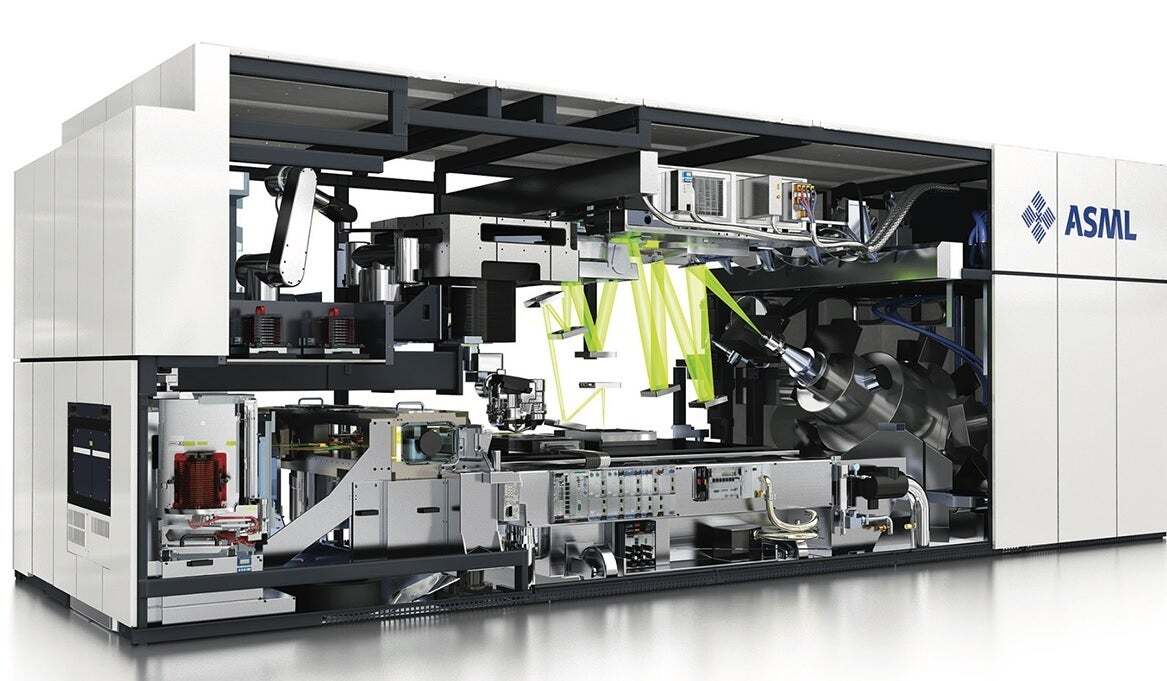An invasion of Taiwan by China is a hypothetical that we have discussed a few times over the years. One of the big concerns if not the biggest is that in such an event, China would seek to take control of TSMC, the world’s largest chip foundry and the company responsible for the manufacturing of every single Apple-designed chip. Overall, TSMC builds 92% of the cutting-edge chips used in the U.S.
A Chinese take over of TSMC would devastate the U.S. economy
Recently, U.S. Commerce Secretary Gina Raimondo said that should China take over TSMC, the U.S. economy would be devastated. And even though TSMC has U.S. facilities in Arizona it has been building, the first fab won’t go online until the first half of next year and will build chips using the foundry’s 4nm node which is one generation behind the 3nm node available in Taiwan. While the second Arizona fab will build chips using the 3nm and 2nm nodes, that facility won’t be operational until 2028, and even then it won’t have the capacity that the fabs in Taiwan have.
Dutch company ASML is the only manufacturer of extreme ultraviolet lithography machines in the world
Over a year ago, Robert O’Brien, former National Security Advisor for the Trump administration, hinted that in the event that China invades Taiwan, the U.S. military would bomb TSMC’s facilities in Taiwan to prevent the Chinese from getting their hands on them. At that time, this writer said, “There could be some plan in place to prevent China from taking control of TSMC should China act to invade Taiwan. Officials in Taiwan believe that even if China were to take control of TSMC in an invasion, it would not be able to operate the facilities.”
Now, such a plan has been disclosed by Bloomberg, citing two sources. ASML, and its largest customer TSMC, have a way to remotely disable ASML’s cutting-edge chip manufacturing equipment if China invades Taiwan. ASML is the Dutch firm that is the only company in the world to manufacture the extreme ultraviolet (EUV) lithography machines used by foundries like TSMC to etch circuitry patterns on the silicon wafers that become chips. Because of the large number of transistors that are used to produce cutting-edge silicon chips, these patterns need to be extremely thin (human hair thin) and the EUV lithography machines can handle this task.
TSMC is ASML’s largest customer for EUV lithography machines. Each machine costs approximately $217 million. Chinese foundries are banned from receiving EUV lithography machines although they are allowed to own older Deep Ultraviolet (DUV) lithography machines. Typically, DUV lithography machines can’t be used to produce chips using a process node under 7nm although China’s largest foundry, SMIC, is said to be working on a 5nm chip for Huawei using a DUV lithography machine.
ASML can remotely disable an EUV Lithography machine would would cripple TSMC’s operations
ASML has had talks with the Dutch government and told officials that it can disable its lithography machines remotely. The Netherlands has also run simulations of a Chinese invasion of Taiwan to understand the risks.
Speaking on condition of anonymity, the aforementioned sources said that ASML, as part of a regular update, can remotely activate a kill-switch. Activating such a switch would be one of the ways that TSMC would make itself non-operable in the event of a Chinese invasion of Taiwan. TSMC Chairman Mark Liu told CNN in September, “Nobody can control TSMC by force. If there is a military invasion you will render TSMC factory non-operable.”
China seeks to become self-sufficient when it comes to chips which is why U.S. officials were upset when SMIC was able to build the Kirin 9000s 5G application processor for the Huawei Mate 60 series This was the first 5G chip that Huawei had access to since 2020 when the U.S. changed an export rule to prevent Huawei from obtaining cutting-edge chips.
Chinese President Xi Jinping has considered Taiwan to be a territory of China and has refused to rule out an invasion. A U.S. admiral testified a couple of months ago that China is working to get its military in shape for an invasion of Taiwan by 2027.




